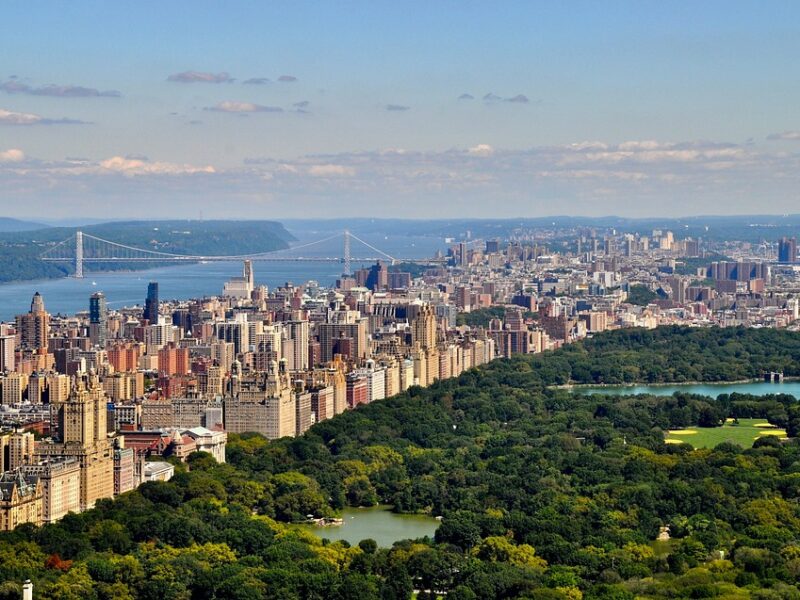What is the first thing that comes to your mind when you think of Green living or an environment friendly residence? If you are thinking of a standalone house along the country side with acres of green pastures around, then you are in for a surprise!
According to an article published by Forbes titled ‘Power Hungry: The States that use the most and least energy per capita’, some of the states that consume the least energy per capita in the United States is New York, Rhode Island, California, Hawaii and Florida. Shocking right?
Let us look at the city of New York as it is the most surprising one on the list.
David Ocwen, the author of ‘Green Metropolis’ compares the densely populated city of New York to the primarily forested city of Vermont that is known for its natural landscape. According to him, an average New Yorker consumes about a quarter as much gasoline as an average Vermonter. They also consume far less electricity about 4700 kilowatt hours per household compared to roughly 7100 kilowatt hours that is consumed in Vermont.
The very reason that the city of New York might look like an environment nightmare could be the reason for it being environment friendly – High density clustered living.
Though there’s no clear definition of what makes a city environmentally friendly, the buildings in the city definitely play a role. New York as we know is called the city of Skyscrapers
There is no denying the fact that there are major environmental impacts involved throughout the lifecycle of a building. When a building is constructed, they tend to require a lot of natural resources and energy for the construction process. Once they’ve been built, they use energy for heating, air conditioning, lighting, and appliances. Finally, when the building is no longer desired, the building materials must be disposed. But people still need houses to live in and places to work from.
The best way to reduce the environment impact of buildings is to use less building per person i.e.
Apartment living.
Saves energy
Apartment buildings can save a lot of electric energy in heating and air-conditioning as apartments share walls with each other and thus don’t lose as much heat outside. Smaller flats also discourage people from buying and adding more things, because there is less space to put them in. This indirectly avoids the environmental impacts of manufacturing the stuff.
According to the U.S. Environmental Protection Agency, a person living in a typical suburban community will use around three times more energy per year than someone living in an apartment-style building near public transportation.
Reduces traffic congestion
Apartment living can reduce traffic congestion as people who live in the city also tend to work and
socialize in the city. The residents are conveniently located close to the shops ,cafes and facilities they
need, thereby reducing use of a car for short trips. High-rise buildings are also usually located near
public transportation and commercial centers, so people can walk or take a bus to get around.
Better waste management
According to a case study done by an NGO A-tree on waste management in Bengaluru, an average middle class household generates about 437 kg of waste annually. Reduction of wastage is necessary but better waste management is the need of the hour. Services that improve the environmental impacts of a city, such as waste water treatment, recycling, and composting, are all easier when everyone lives closer together.
Encourages Neighborhood Development
Although a sense of community exists in both rural and suburban areas, the close proximity of apartment living enhances the probability of creating life- long connections which improve the quality of life of people living there.
We have been taught to think that crowded cities and high rise buildings are the primary cause for our worst environmental problems. Hence, the fact that a crowded city be labeled as Green might sound ludicrous to most.
Why else do you think most European cities have such low per capita energy consumption than other places, it’s not a miraculous breakthrough that they have discovered. Among other factors it’s also that Europeans are more likely to live in dense cities and leave other areas of lush green land undisturbed.



Comments